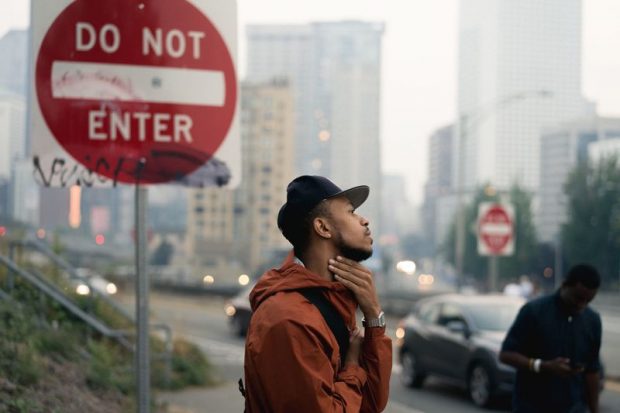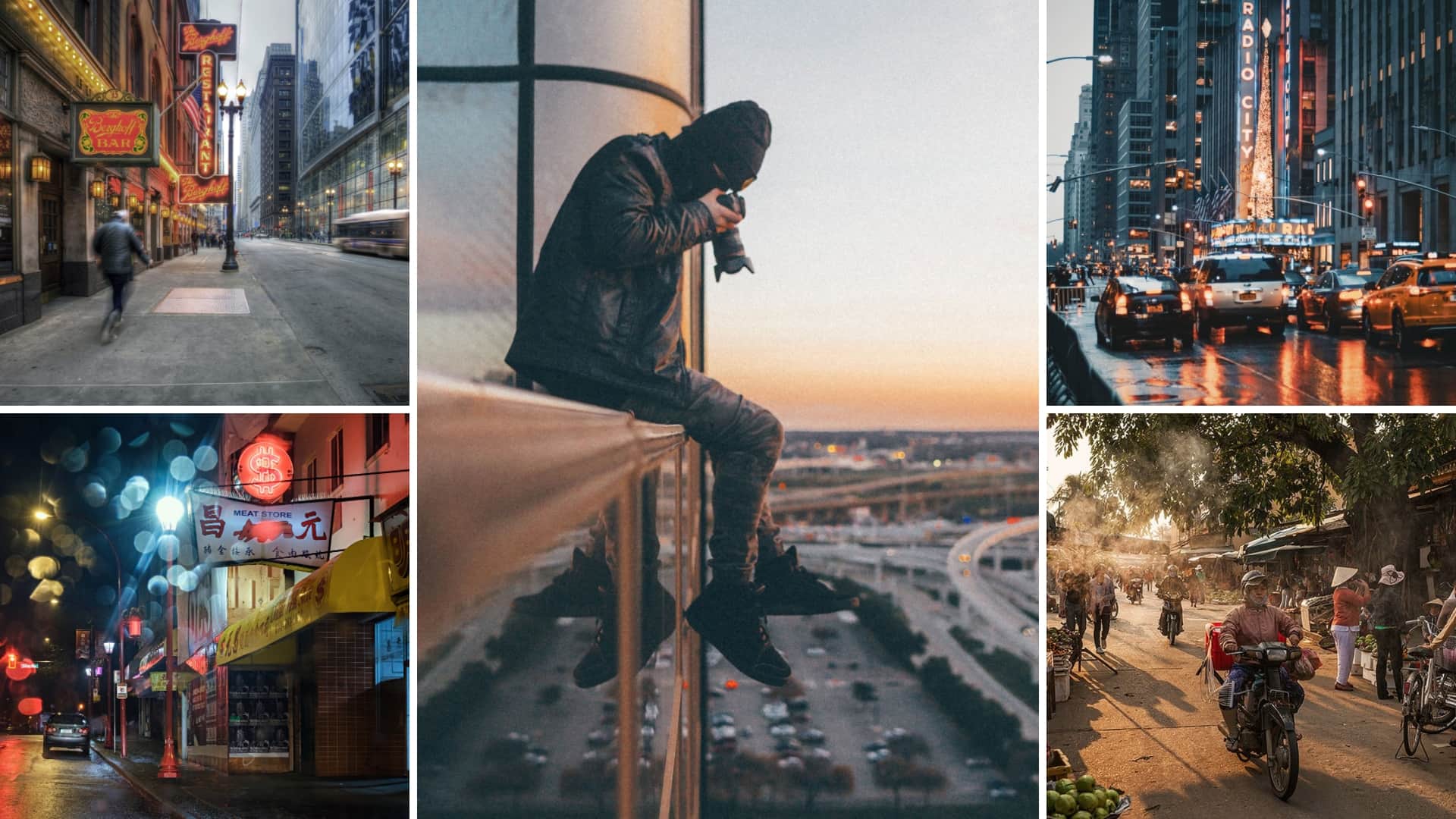Framing Streets for Dummies
Framing Streets for Dummies
Blog Article
Framing Streets - Truths
Table of ContentsTop Guidelines Of Framing StreetsThe 6-Minute Rule for Framing StreetsFraming Streets - TruthsMore About Framing StreetsGetting The Framing Streets To WorkSee This Report on Framing Streets
, usually with the aim of catching photos at a decisive or touching moment by cautious framework and timing. https://www.easel.ly/infographic/04m0k9.
Some Known Details About Framing Streets
Susan Sontag, 1977 Street digital photography can concentrate on individuals and their behavior in public. In this respect, the road professional photographer resembles social docudrama digital photographers or photojournalists that also operate in public locations, however with the purpose of recording newsworthy events. Any of these professional photographers' pictures may catch individuals and home noticeable within or from public locations, which commonly requires browsing ethical issues and laws of privacy, safety and security, and residential property.
Representations of day-to-day public life develop a category in virtually every period of globe art, beginning in the pre-historic, Sumerian, Egyptian and early Buddhist art durations. Art dealing with the life of the road, whether within views of cityscapes, or as the leading concept, appears in the West in the canon of the Northern Renaissance, Baroque, Rococo, of Romanticism, Realistic look, Impressionism and Post-Impressionism.
The Definitive Guide to Framing Streets
Louis Daguerre: "Blvd du Holy place" (1838 or 1839) In 1838 or 1839 the first photo of figures in the street was recorded by Louis-Jacques-Mand Daguerre in one of a set of daguerreotype sights taken from his studio home window of the Boulevard du Temple in Paris. The 2nd, made at the height of the day, shows an unpopulated stretch of road, while the other was taken at about 8:00 am, and as Beaumont Newhall records, "The Blvd, so continuously loaded with a moving bunch of pedestrians and carriages was flawlessly solitary, except an individual that was having his boots combed.
His boots and legs were well defined, yet he is without body or head, since these were in motion." Charles Ngre, waterseller Charles Ngre. https://fl-miami.cataloxy.us/firms/framingstreets.com.htm was the initial professional photographer to achieve the technical elegance required to register individuals in motion on the road in Paris in 1851. Professional Photographer John Thomson, a Scotsman working with reporter and social protestor Adolphe Smith, published Road Life in London in twelve monthly installations starting in February 1877
All About Framing Streets
Eugene Atget is regarded as a progenitor, not since he was the very first of his kind, yet as a result of the popularisation in the late 1920s of his document of Parisian roads by Berenice Abbott, that was motivated to take on a comparable paperwork of New York City. [] As the city created, Atget assisted to promote Parisian streets as a worthwhile subject for photography.

Framing Streets for Dummies
In between 1946 and 1957 Le Groupe des XV annually exhibited job of this kind. Andre Kertesz. Circus, Budapest, 19 May 1920 Street digital photography developed the major web content of two exhibits at the Museum of Modern Art (Mo, MA) in New York curated by Edward Steichen, 5 French Photographers: Brassai; Cartier-Bresson, Doisneau, Ronis, Izis in 1951 to 1952, and Post-war European Digital Photography in 1953, which exported the concept of road photography internationally.

9 Simple Techniques For Framing Streets
The recording maker was 'a covert camera', a 35 mm Contax hidden below his layer, that was 'strapped to the chest and attached to a long cord strung down the best sleeve'. However, his job had little contemporary effect as due to Evans' level of sensitivities regarding the creativity of his task and the privacy of his topics, it was not released till 1966, in the book Several Are Called, with an introduction composed by James Agee in 1940.
Helen Levitt, then an instructor of young kids, related to Evans in 193839. She recorded the temporal chalk drawings - Sony Camera that became part of children's street culture in New york city at the time, along with the youngsters who made them. discover this info here In July 1939, Mo, MA's new digital photography area consisted of Levitt's operate in its inaugural exhibitionRobert Frank's 1958 book,, was considerable; raw and usually indistinct, Frank's pictures questioned traditional digital photography of the time, "challenged all the formal rules laid down by Henri Cartier-Bresson and Walker Evans" and "contradicted the wholesome pictorialism and wholehearted photojournalism of American publications like LIFE and Time".
Report this page